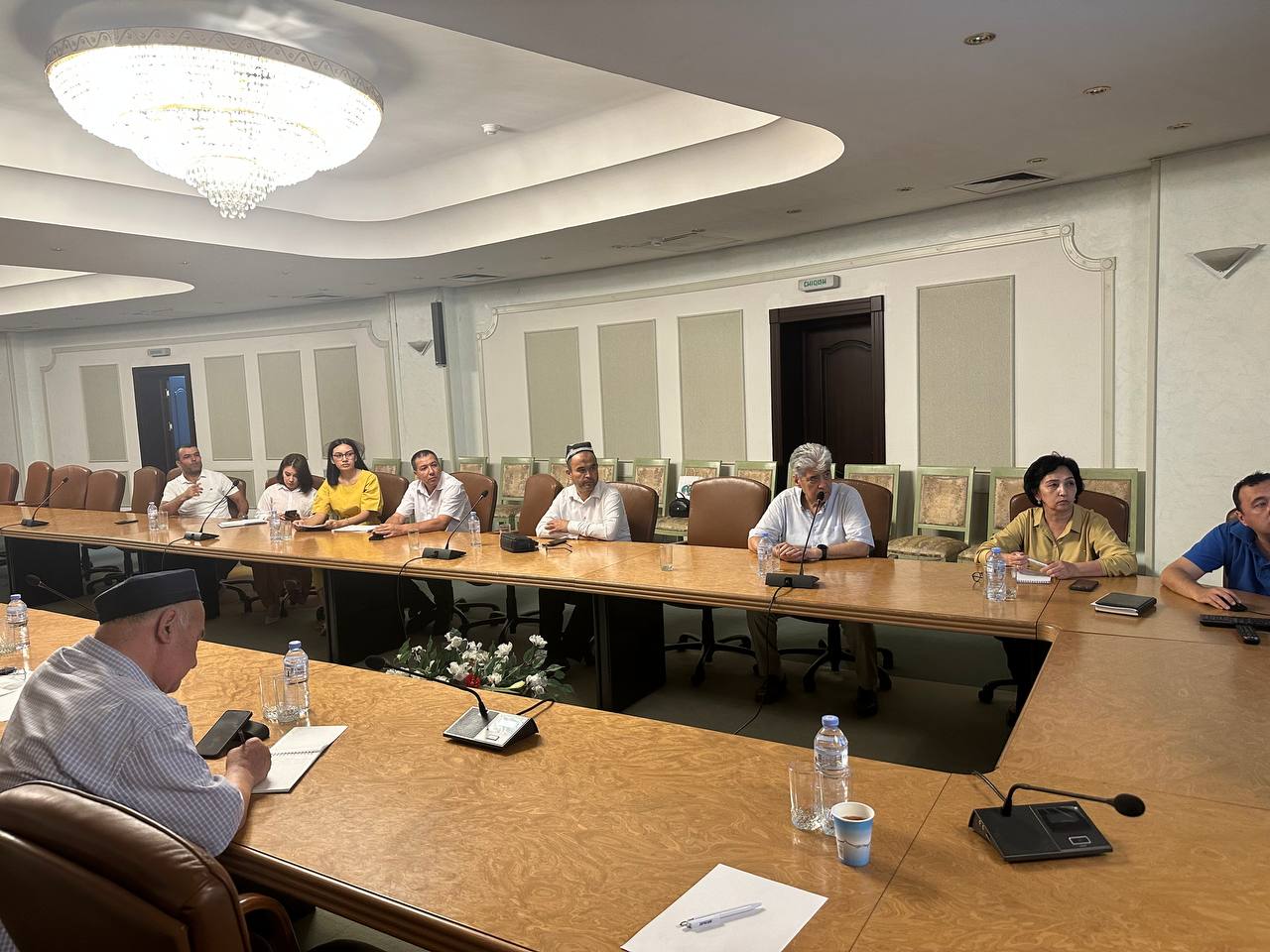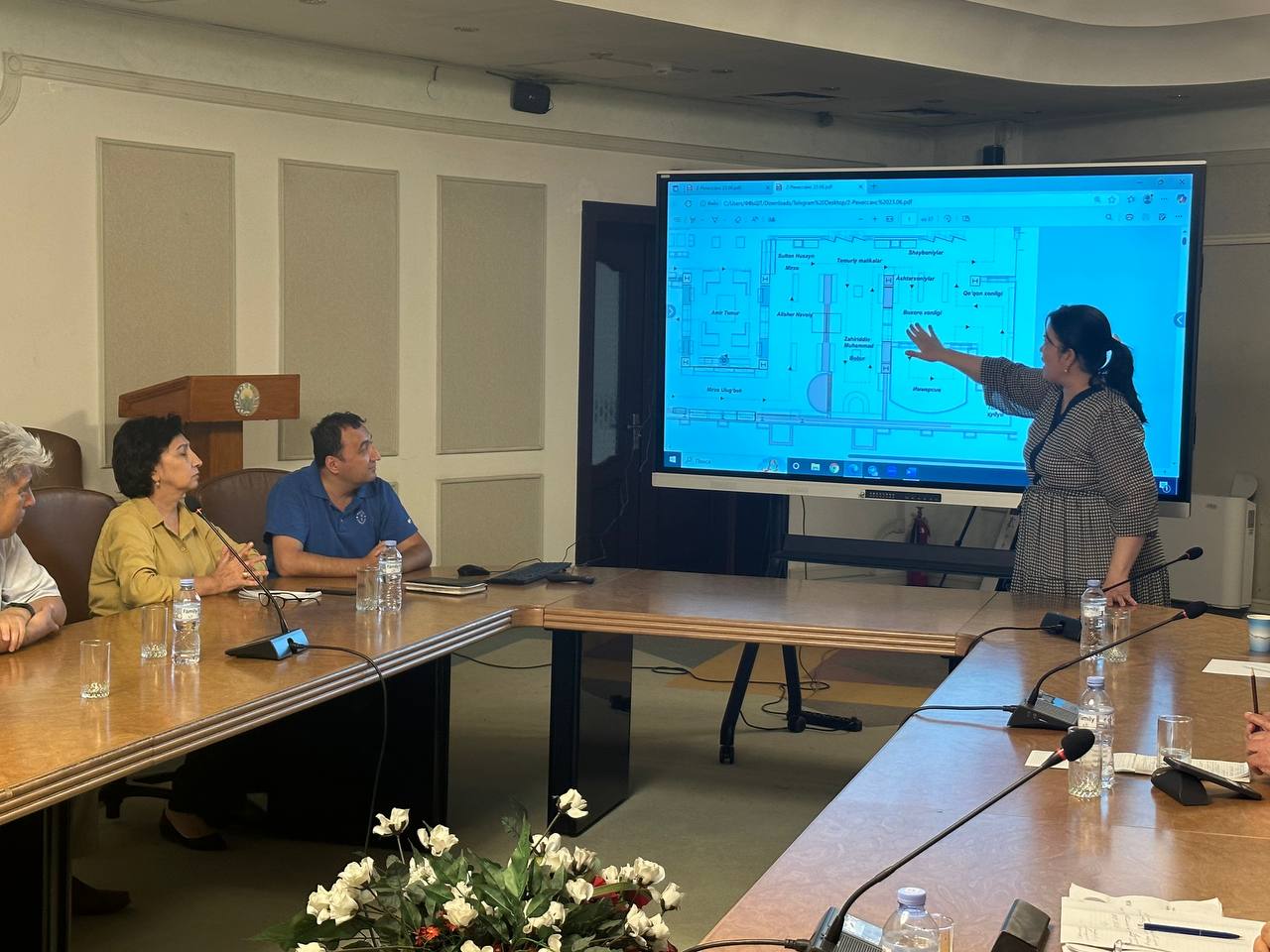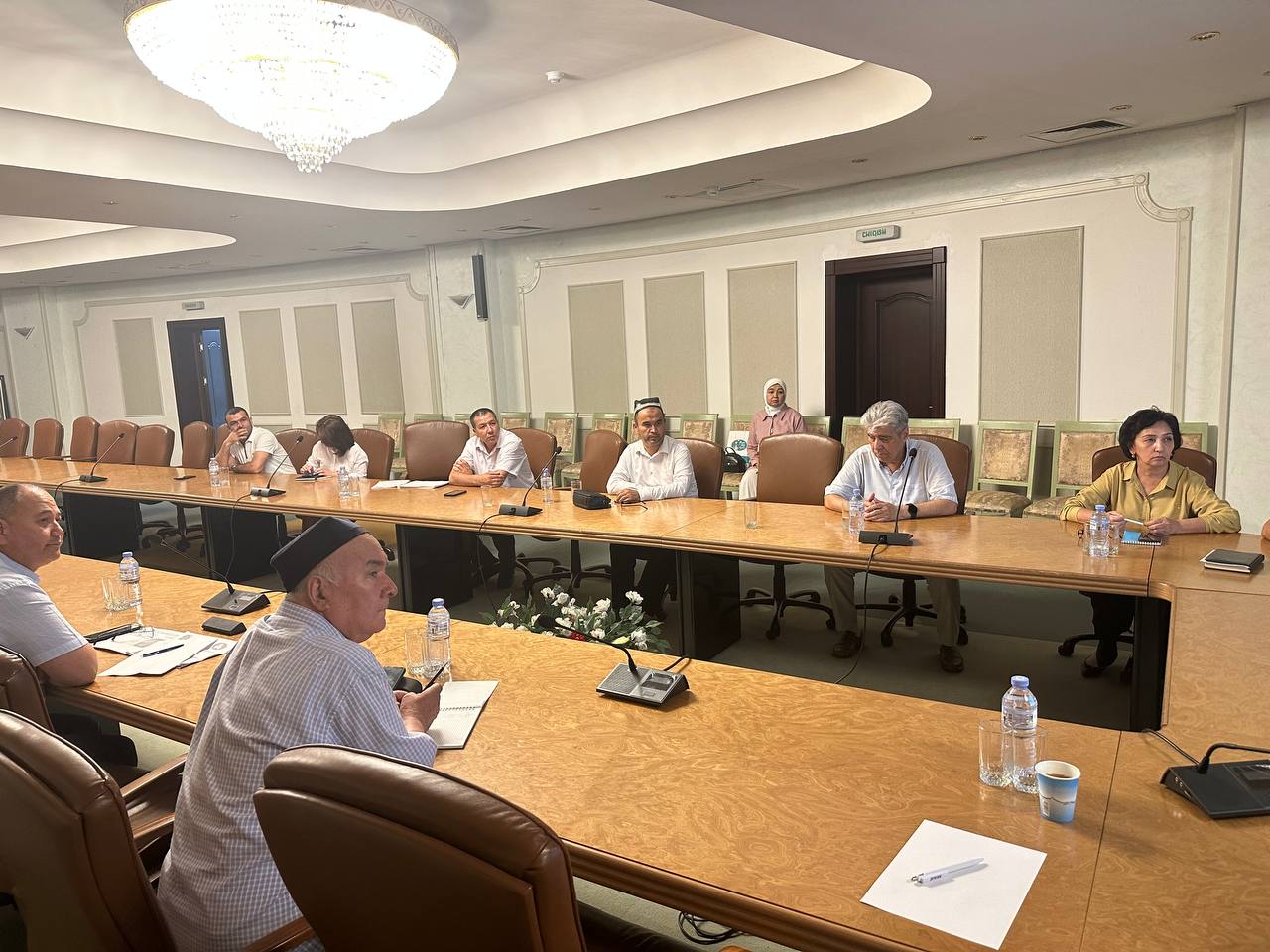The Timurid Renaissance and Uzbek Khanates: a new scientific approach in the museum exhibition

Today, Uzbekistan is undertaking large-scale efforts to preserve historical memory and present the legacy of great ancestors to both the public and the international community through a modern lens. One such initiative is the development of a major national project the Museum of the Center of Islamic Civilization in Uzbekistan where an exhibition titled “Second Renaissance period” is currently being organized. In particular, preparations are underway to shape an exhibition dedicated to the theme: “Second Renaissance period: The Timurids and the Uzbek Khanates”.
At the State Museum of Timurid History, discussions were held regarding the content and structure of this upcoming exhibition. Representatives of leading scientific institutions active in the fields of history, Islamic studies, astronomy, and museology participated in the meeting. Key topics addressed included the integration of results from first-category academic projects into the exhibition, the selection of artifacts, and the forms in which they will be presented whether as original pieces, replicas, or digitized versions.

The exhibition is planned to be divided into several thematic sectors, each of which will highlight the distinctive scientific, cultural, social, and political aspects of its respective period. For example, the section dedicated to Mirzo Ulugbek will feature astronomical instruments, a model of his observatory, and his approach to science. The section on Alisher Navoi and Kamoliddin Behzod will present examples of literature and art. Meanwhile, the sections on the Shaybanids, Ashtarkhanids, the Emirate of Bukhara, Khorezm, and the Kokand Khanate will showcase scientific patronage, cultural environments, architectural achievements, and discoveries.
Specific examples discussed include the water infrastructure built under Abdullah Khan, paper production in Kokand, maqom musical art in Khiva, and the intellectual environment of Bukhara.
During the discussion, it was proposed that the exhibition be developed using interactive methods, multimedia technologies, and digital archives. In particular, it was suggested that manuscripts be presented not only through a few pages but in fully digitized versions, and that video materials be used to vividly convey the spirit of the era. One of the key points emphasized was the importance of presenting the Timurid Renaissance on an international scale, as the exhibition aims not only to honor the pride of the past but also to showcase Uzbekistan’s immense potential in science, culture, and enlightenment.

The “Timurids and Uzbek Khanates” exhibition is a new chapter dedicated to understanding historical heritage through 21st-century technologies and conveying its spiritual and intellectual value to future generations. This project represents a practical embodiment of the idea of the Second Renaissance, a tribute worthy of great ancestors, and a moral foundation of national identity.
Most read

Over 100 experts from more than 20 countries of the world are in Tashkent!

President of Serbia Aleksandar Vučić visited the Islamic Civilization Center in Uzbekistan

The Center for Islamic Civilization – a global platform leading towards enlightenment











